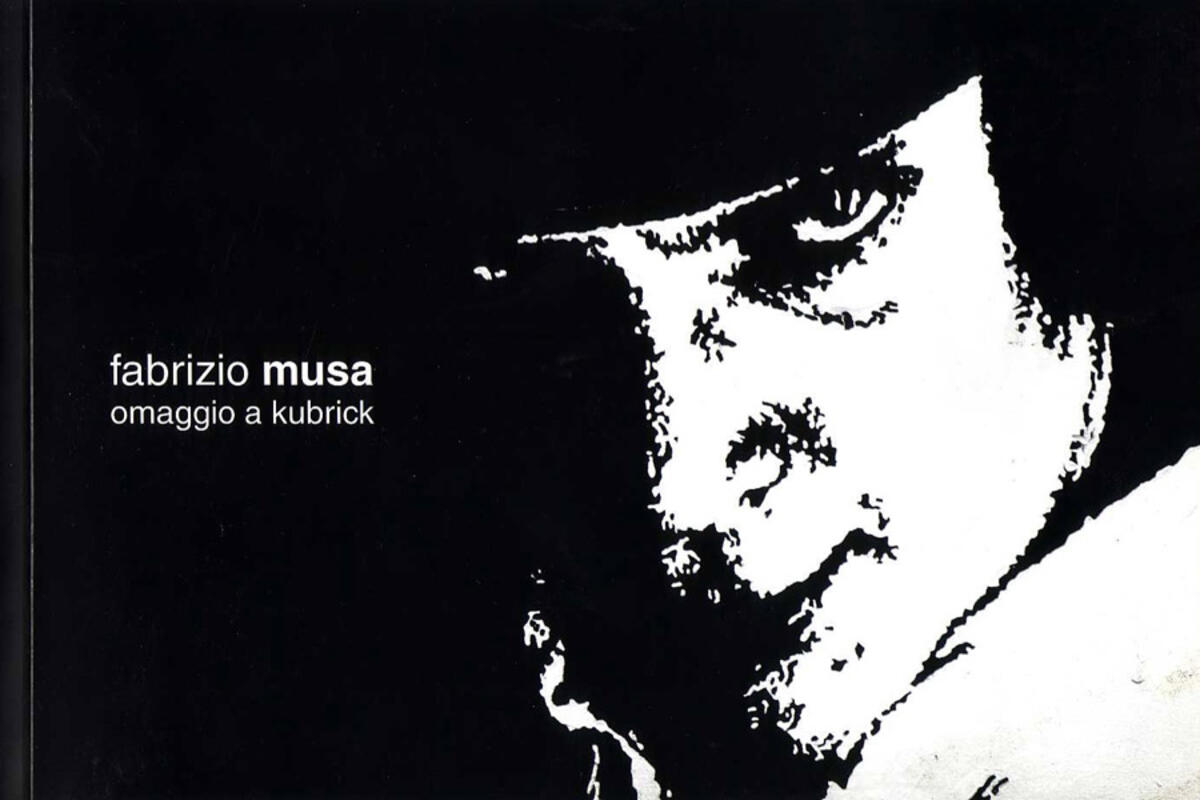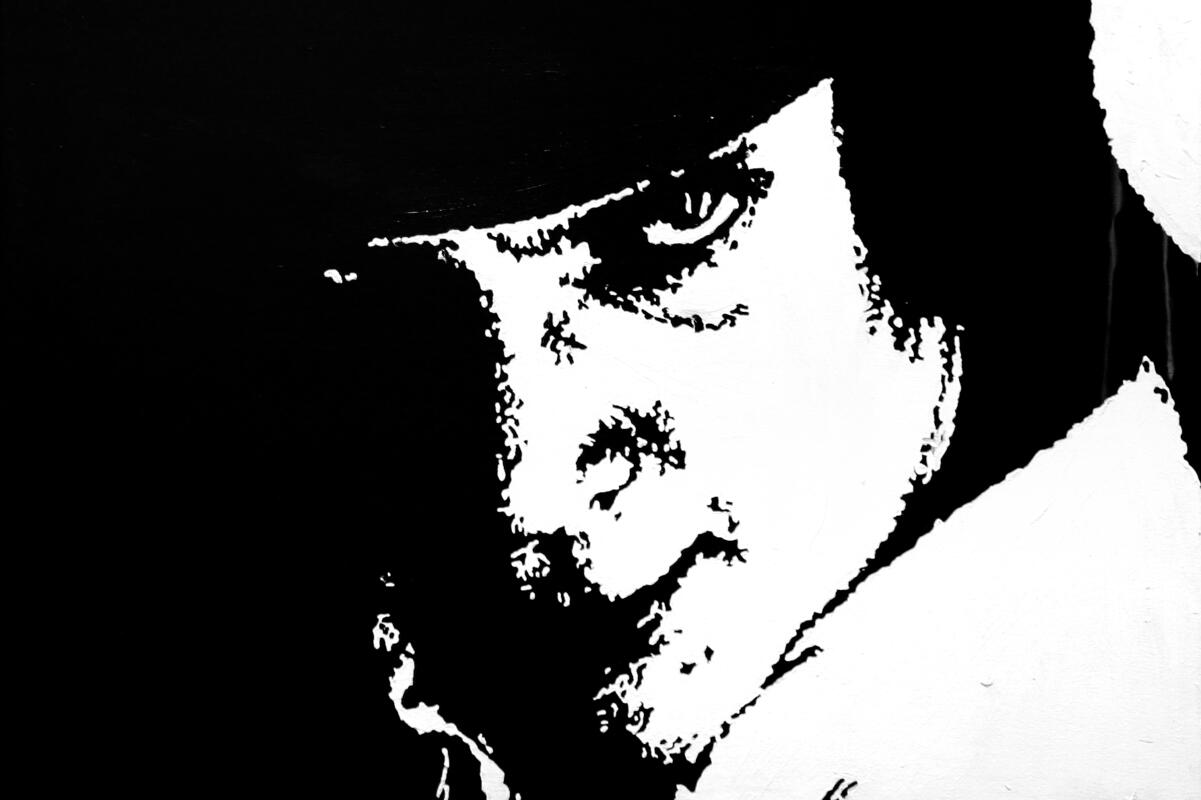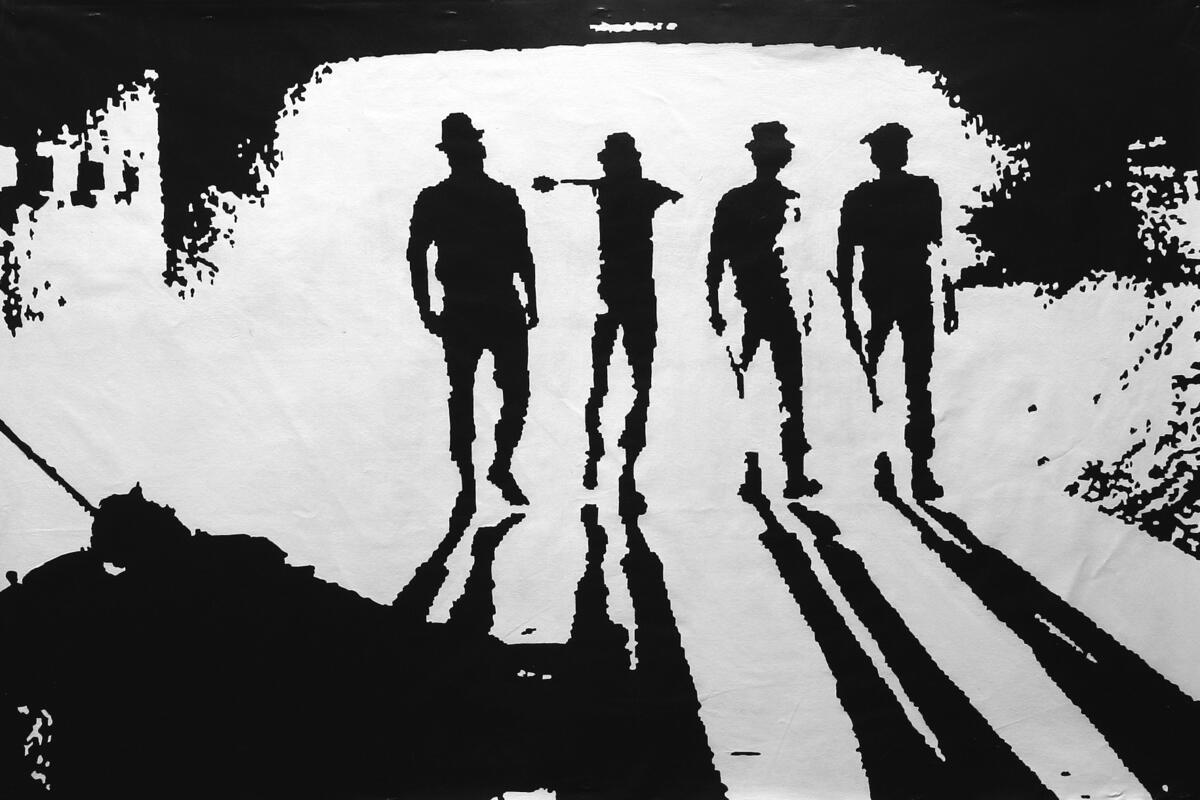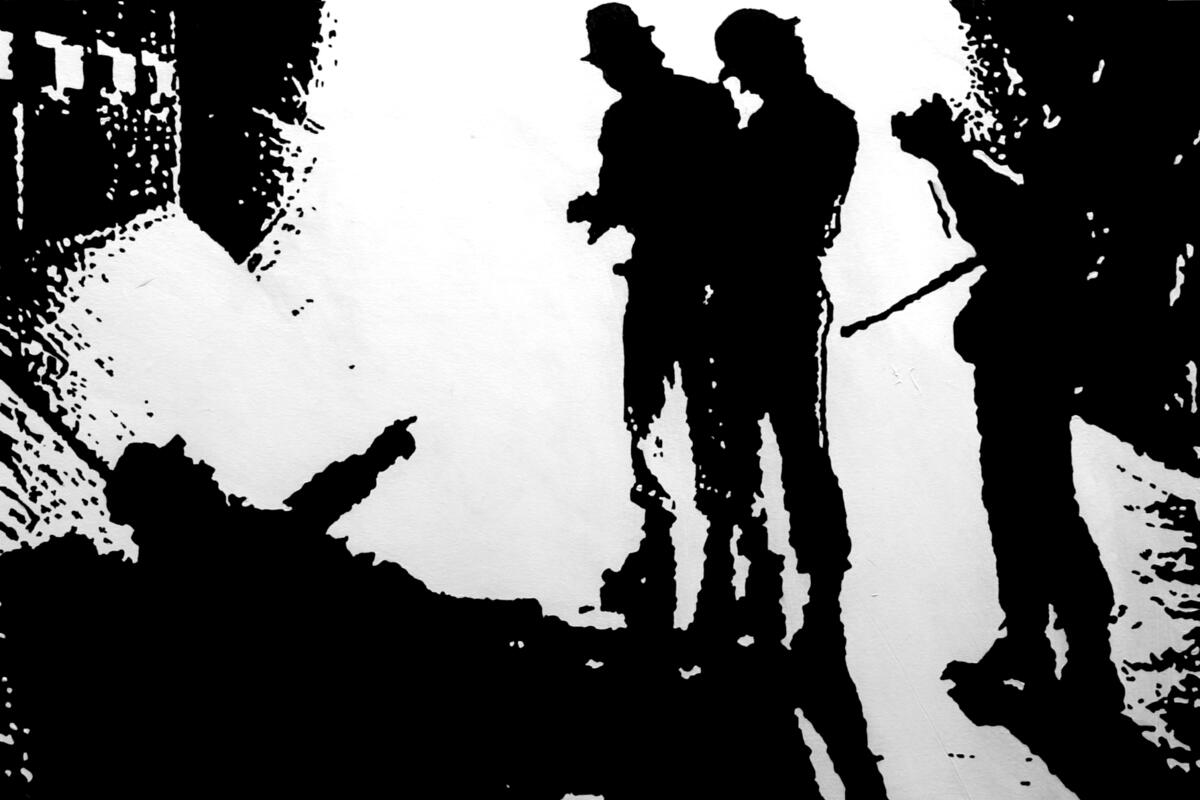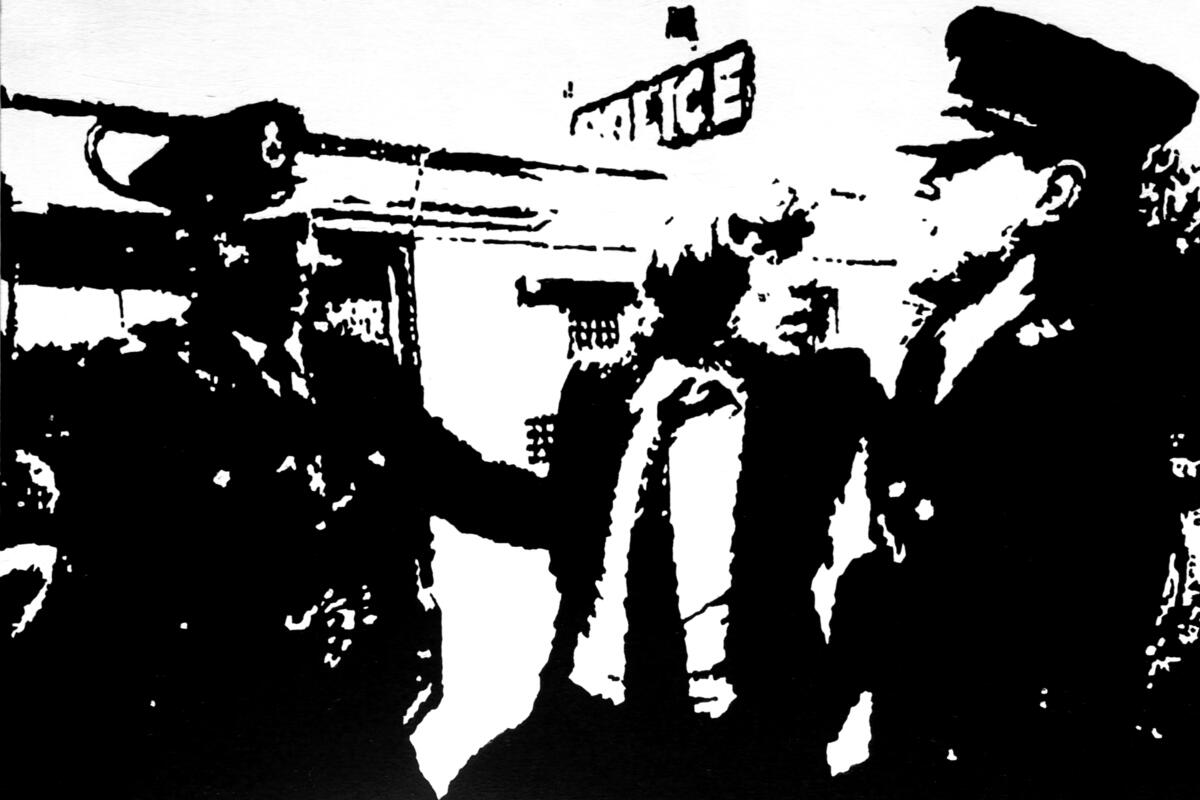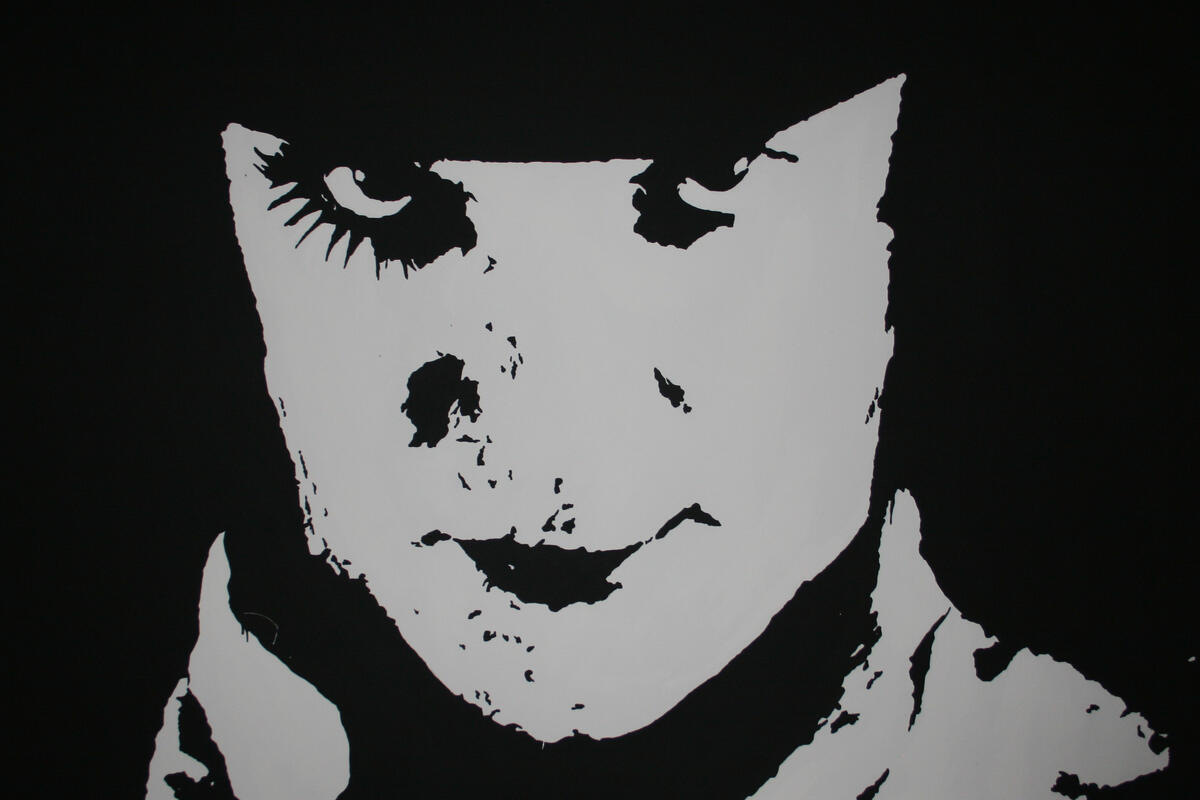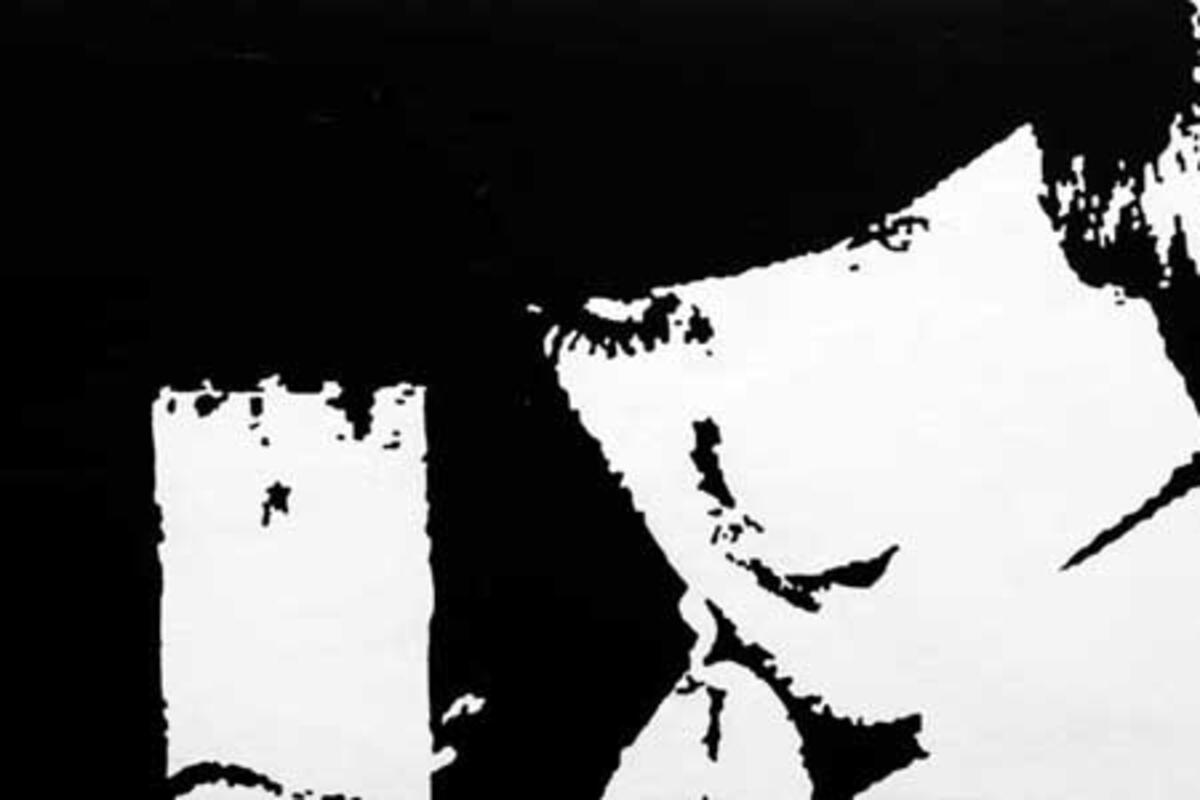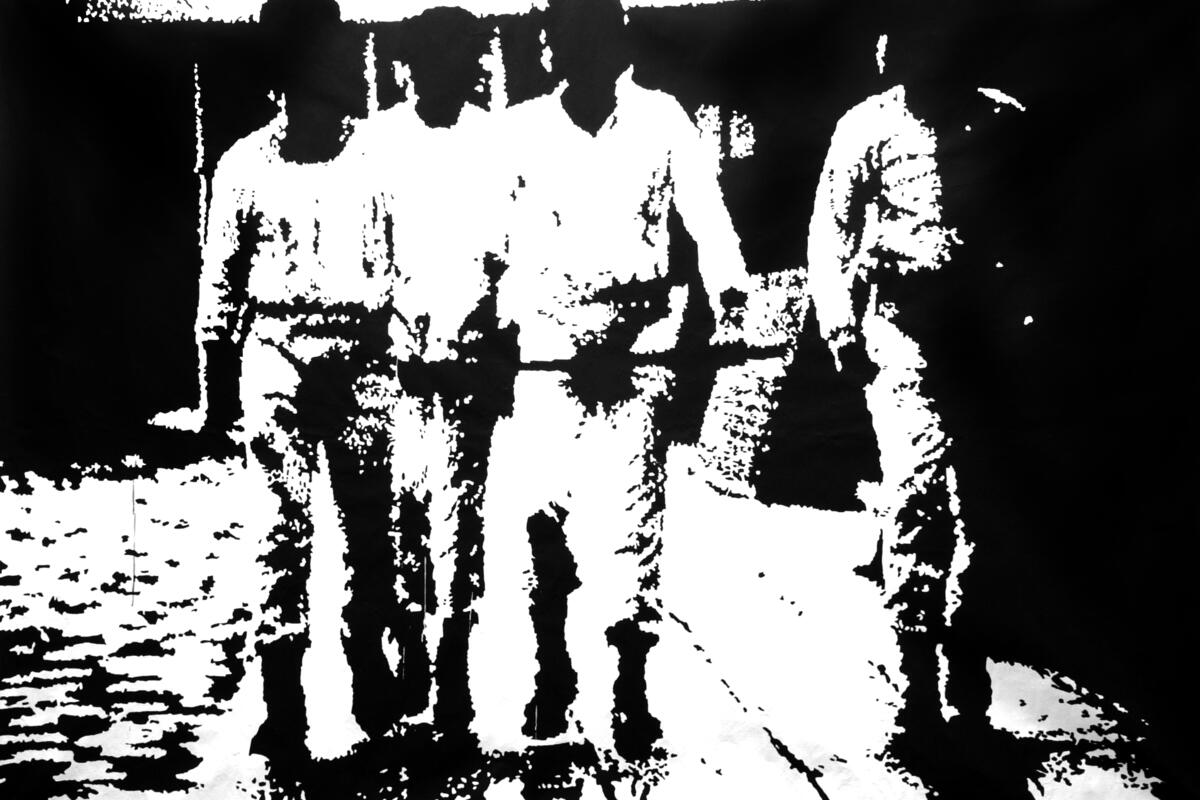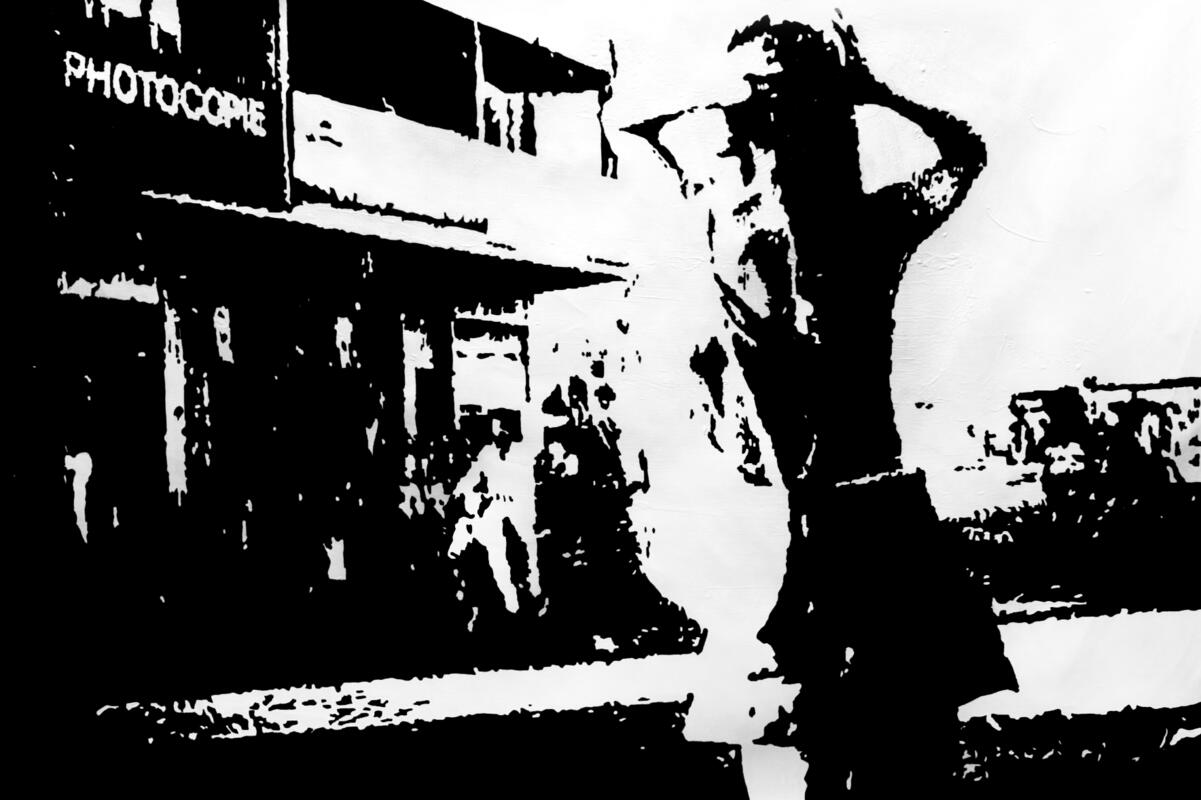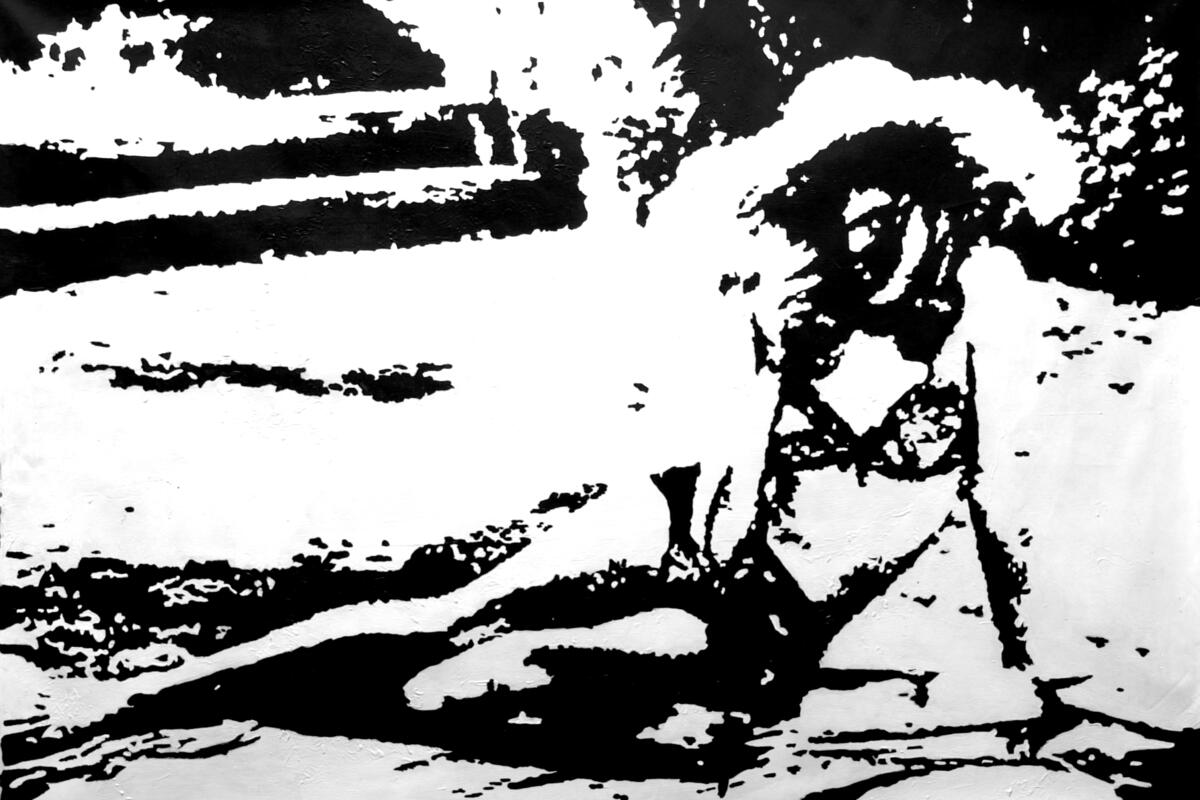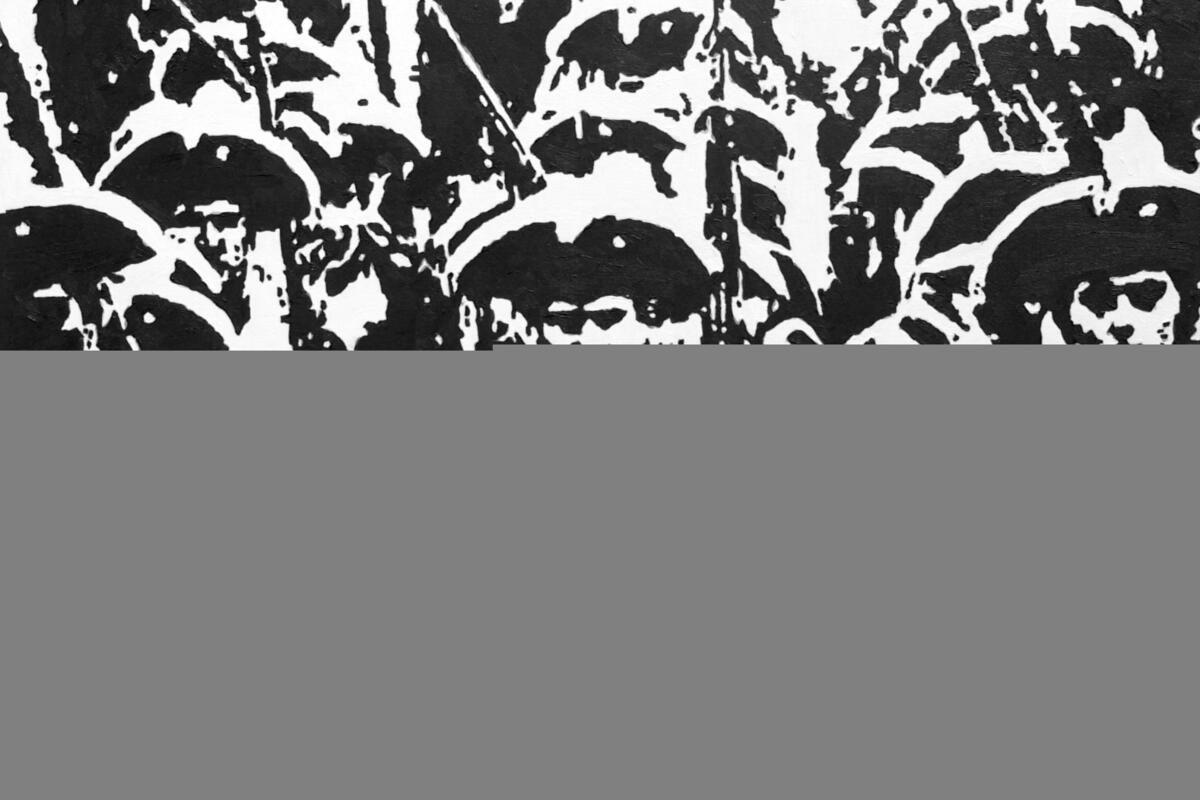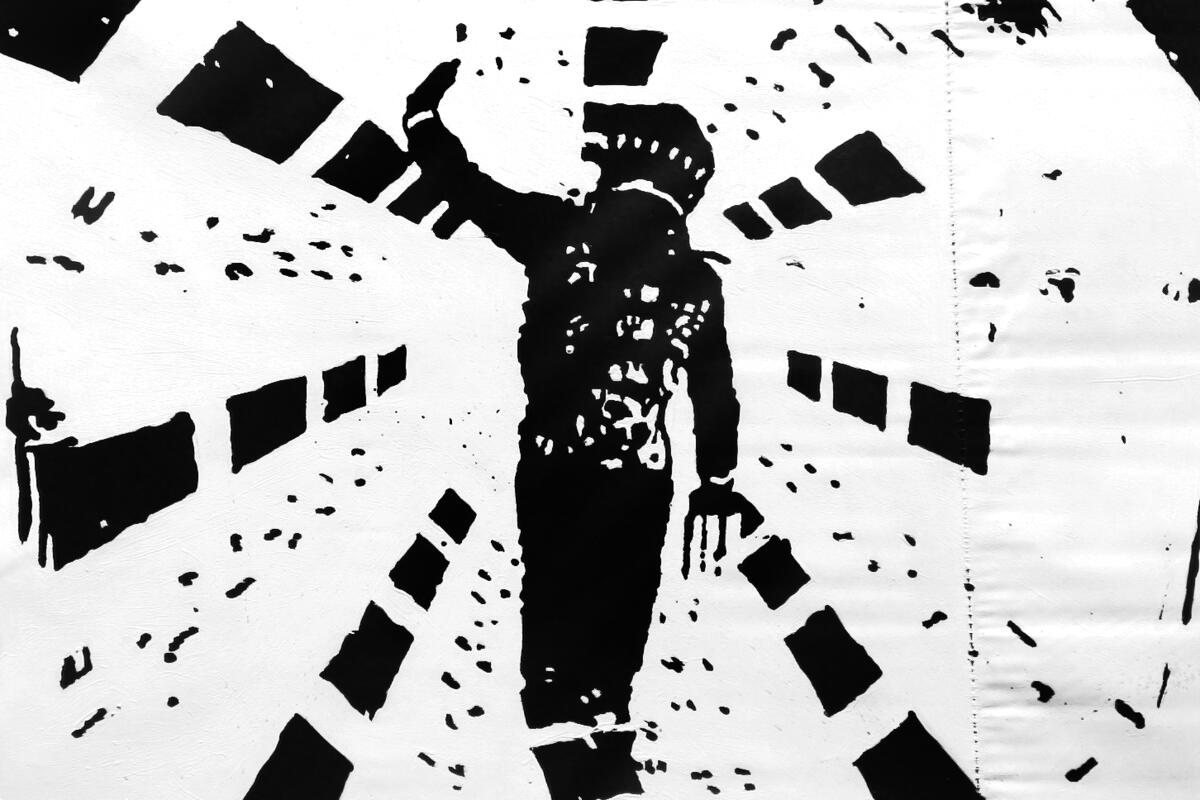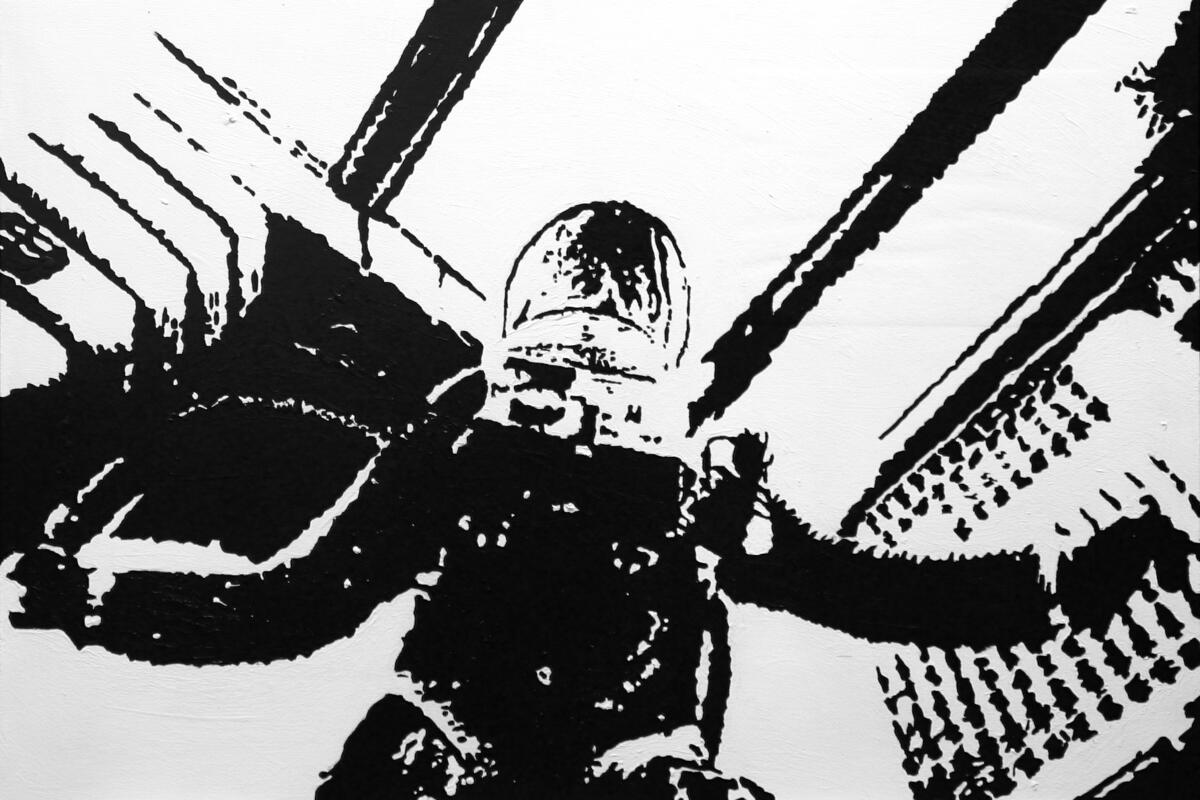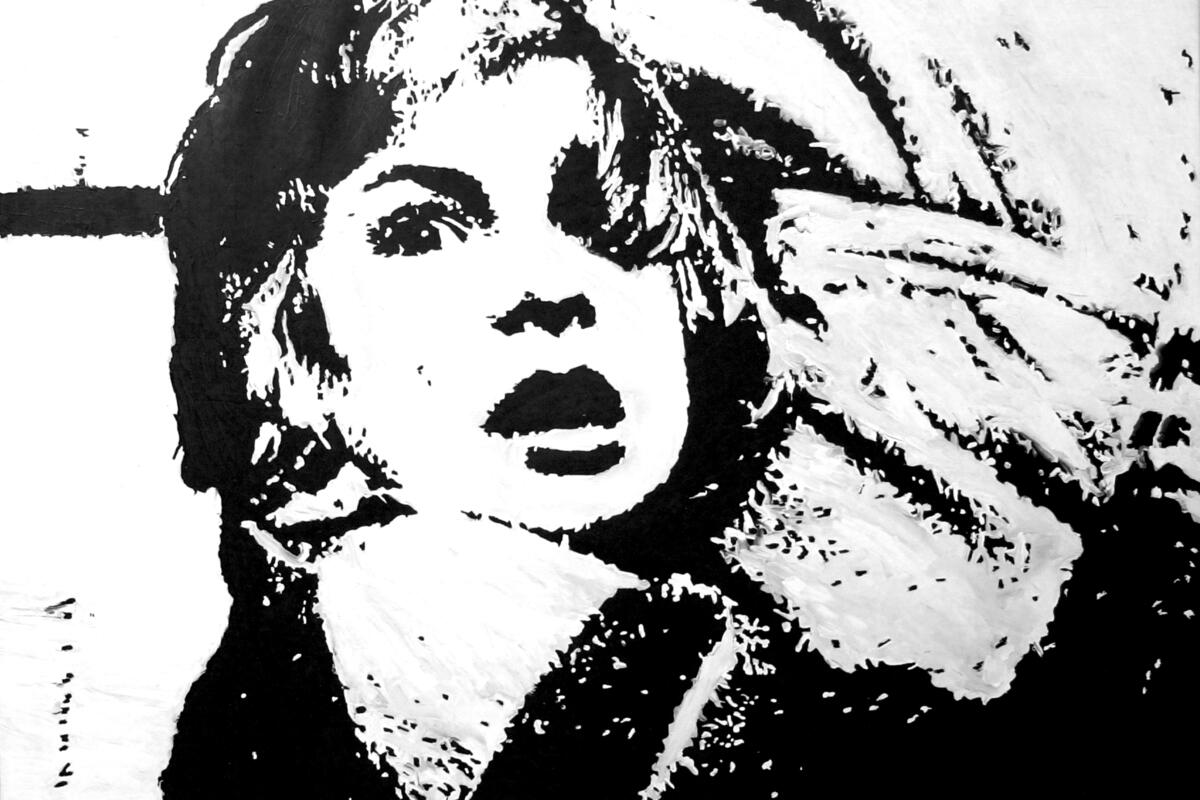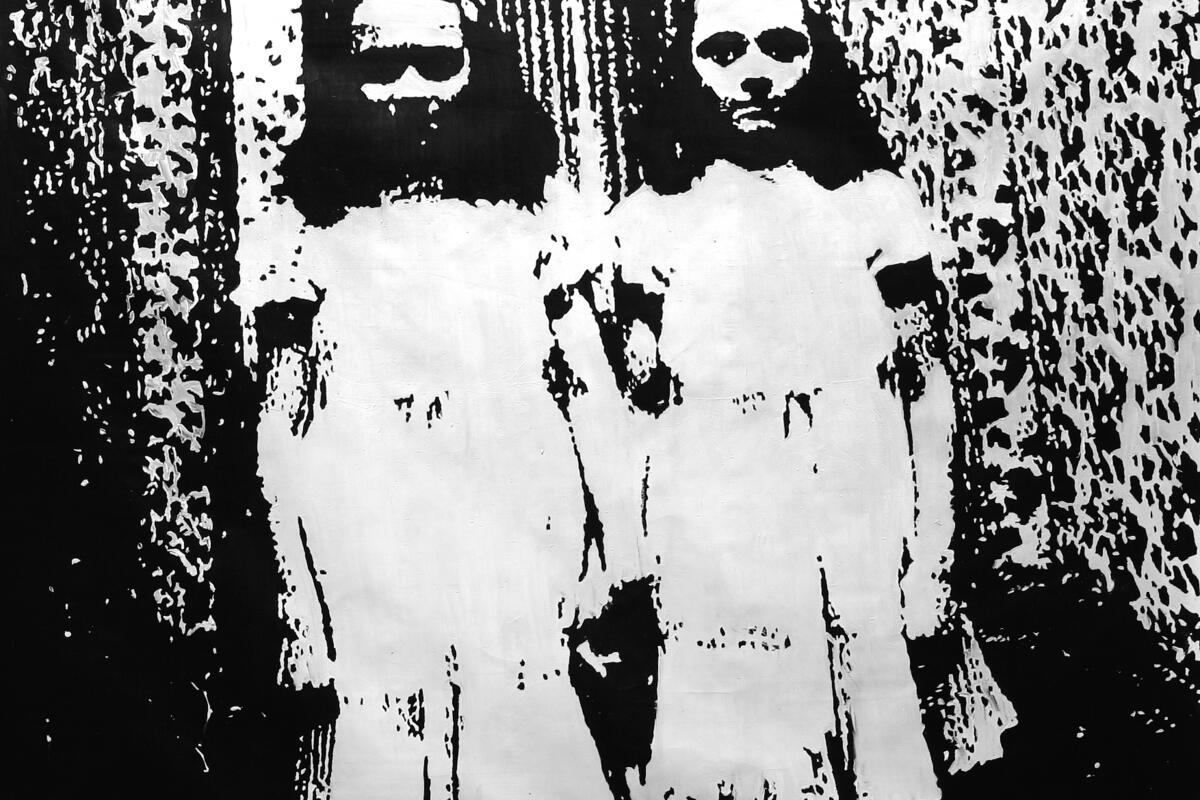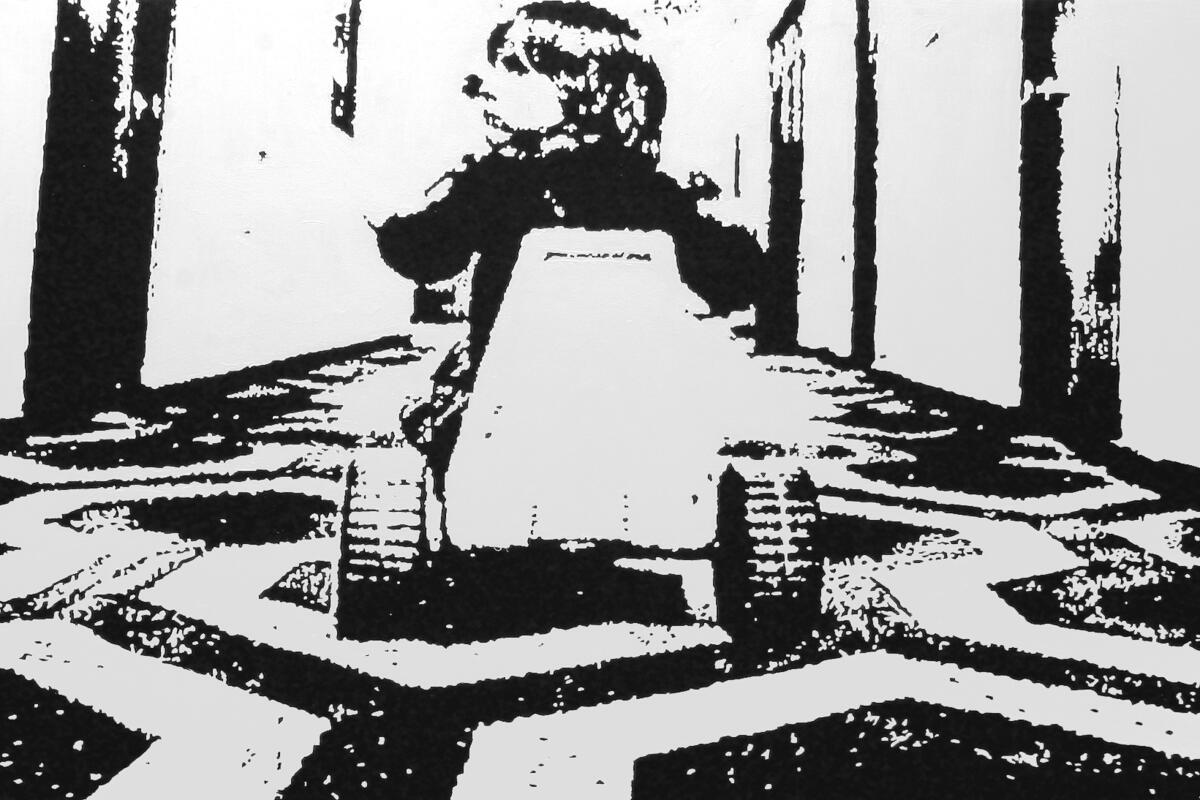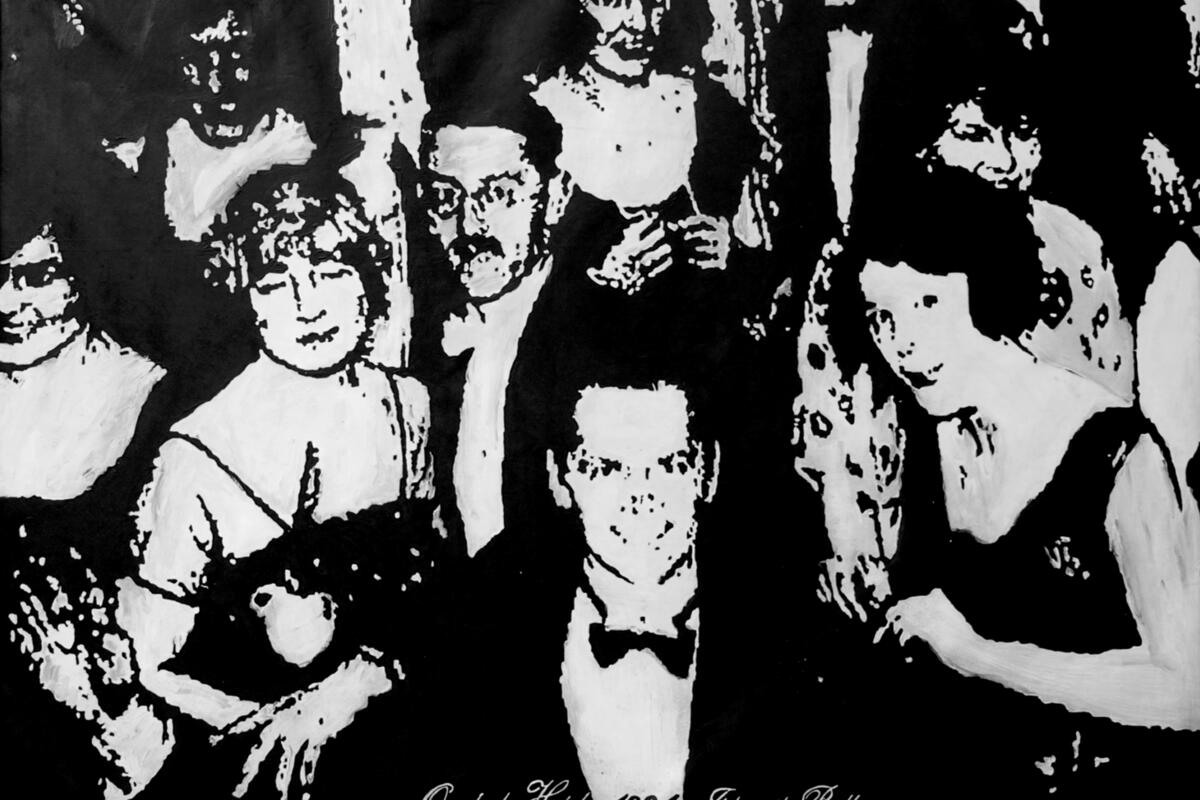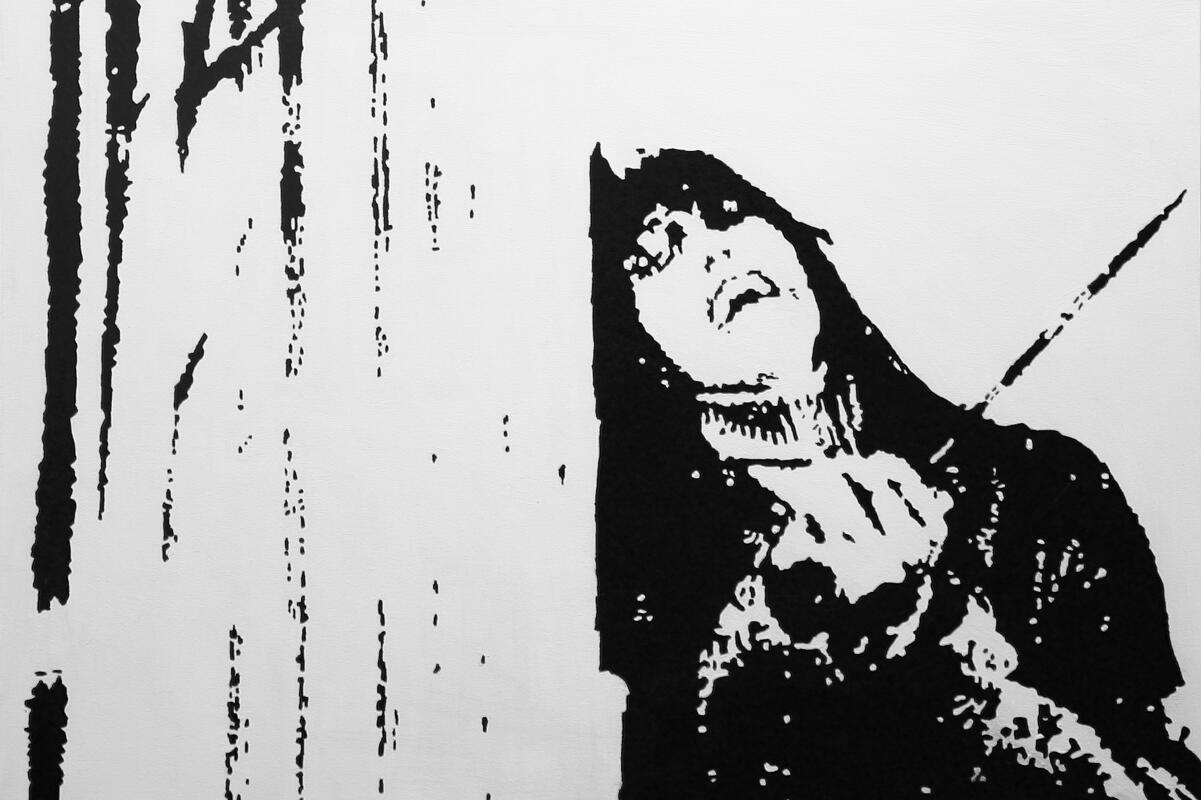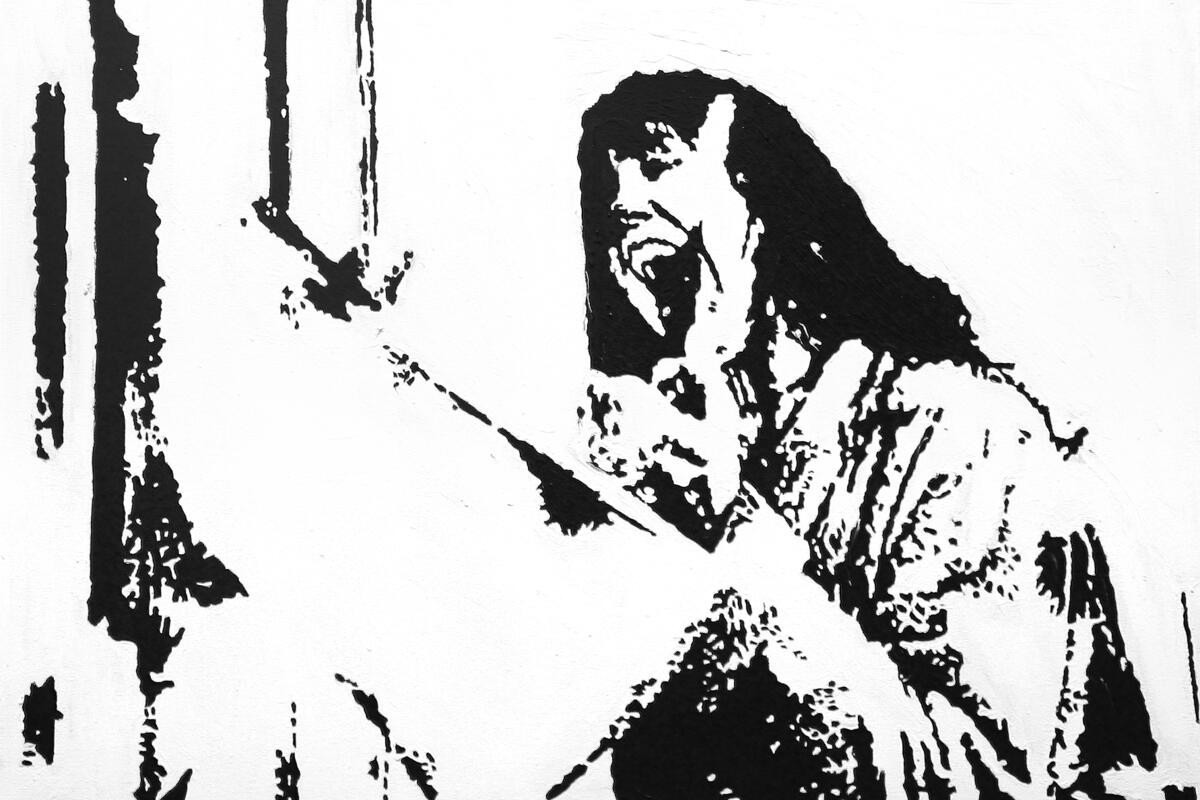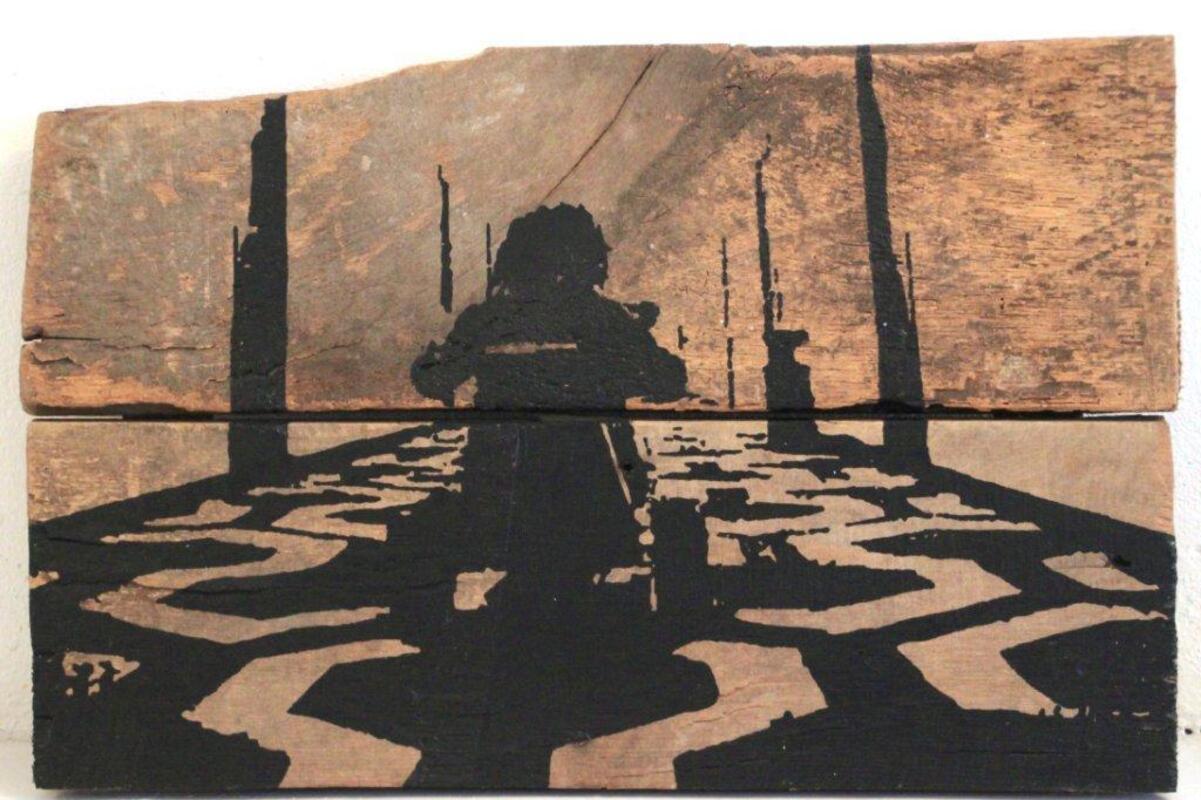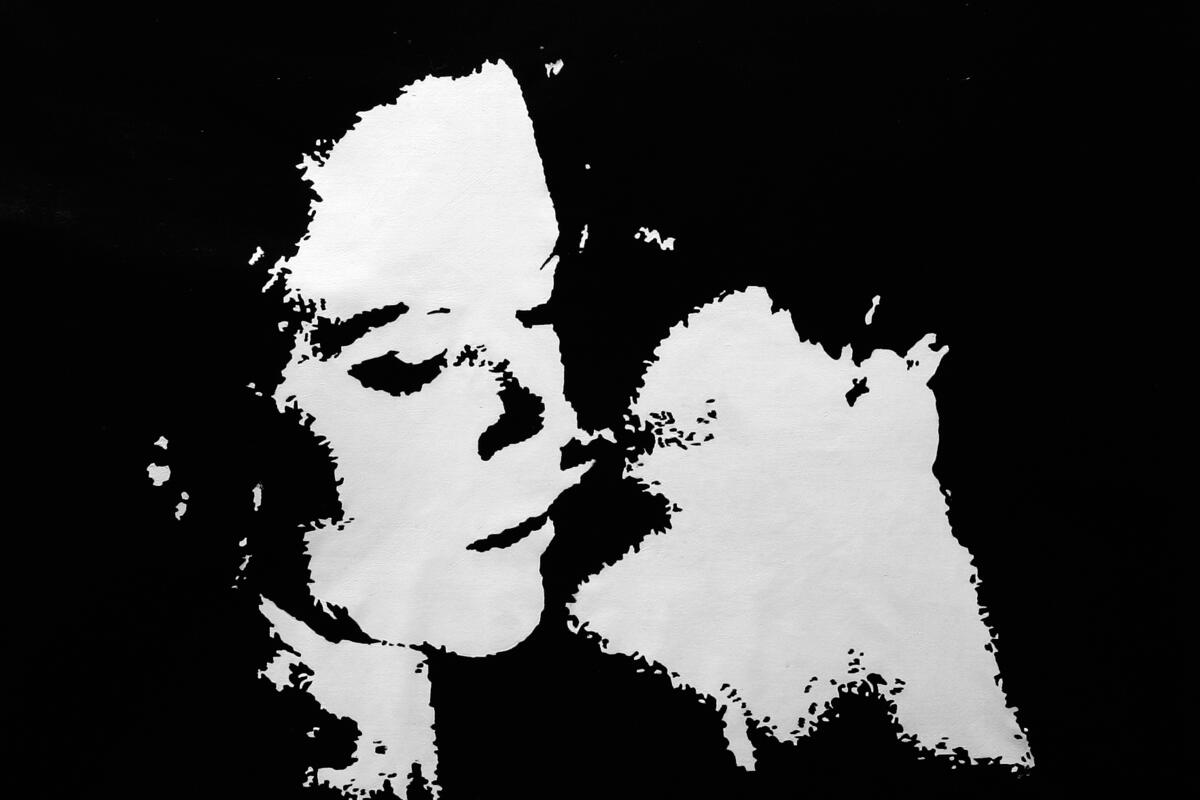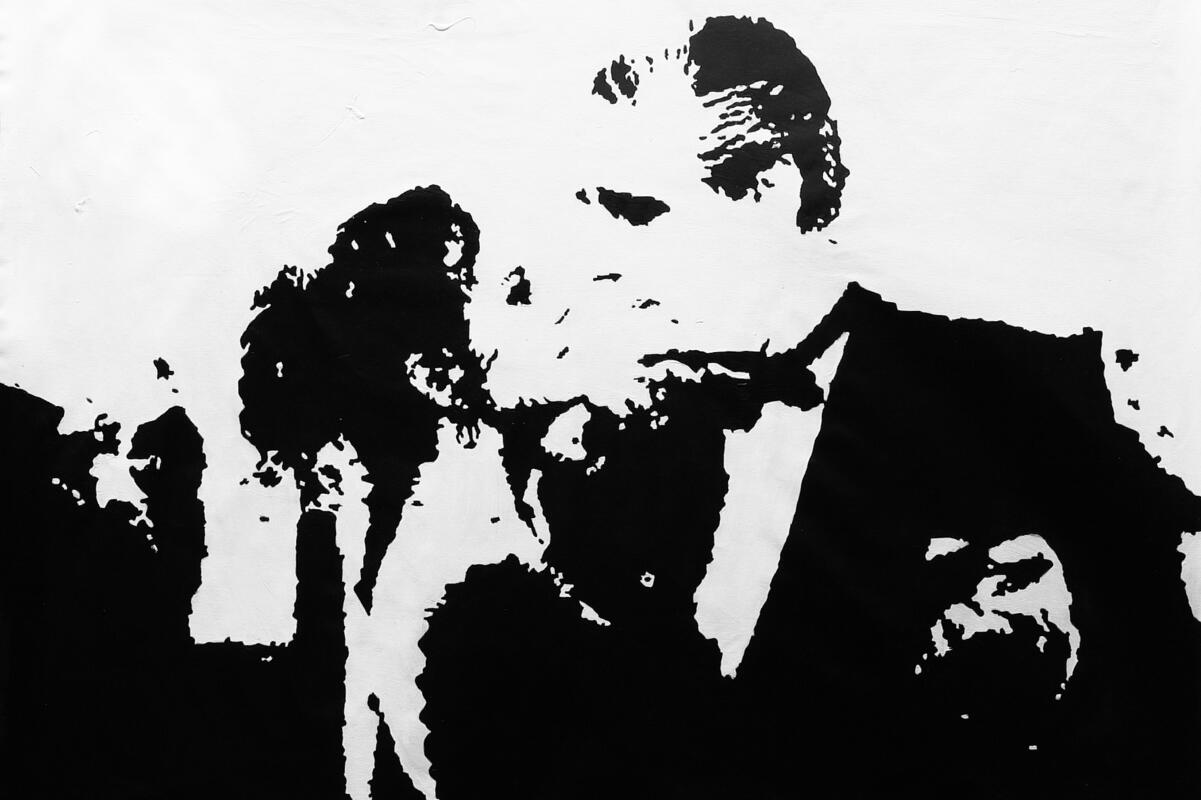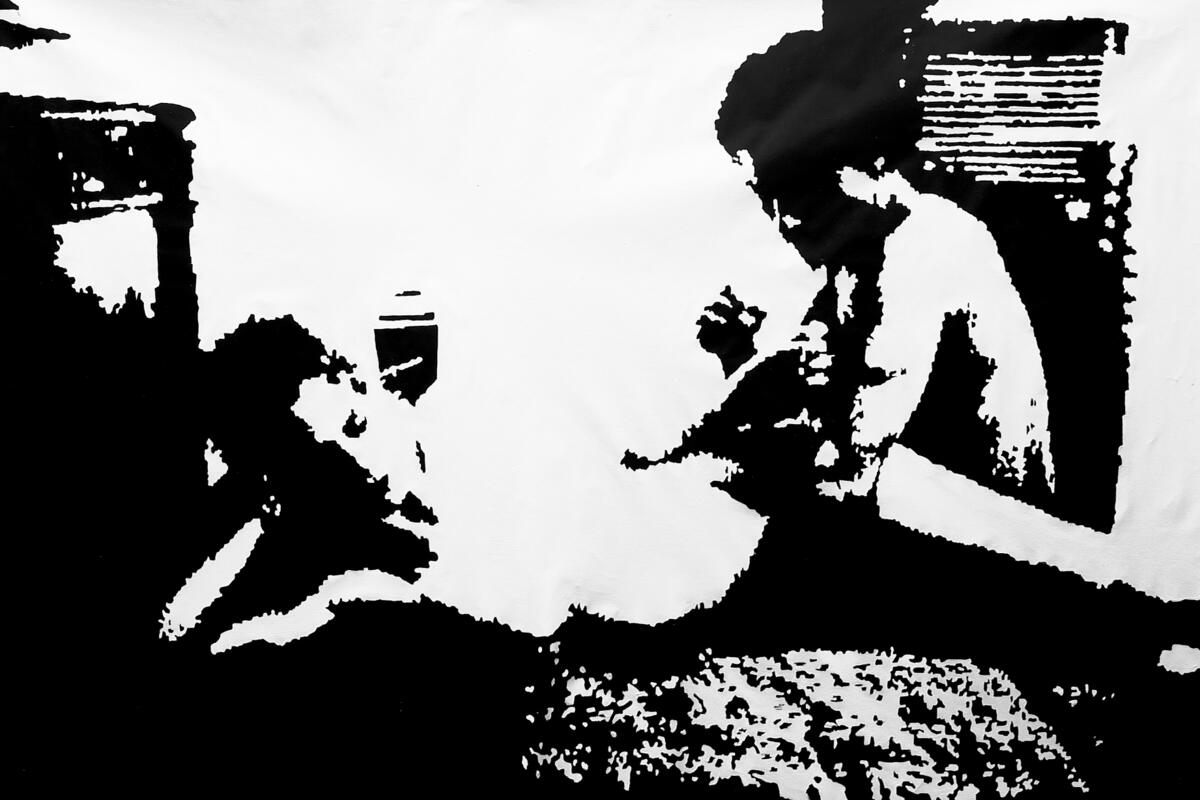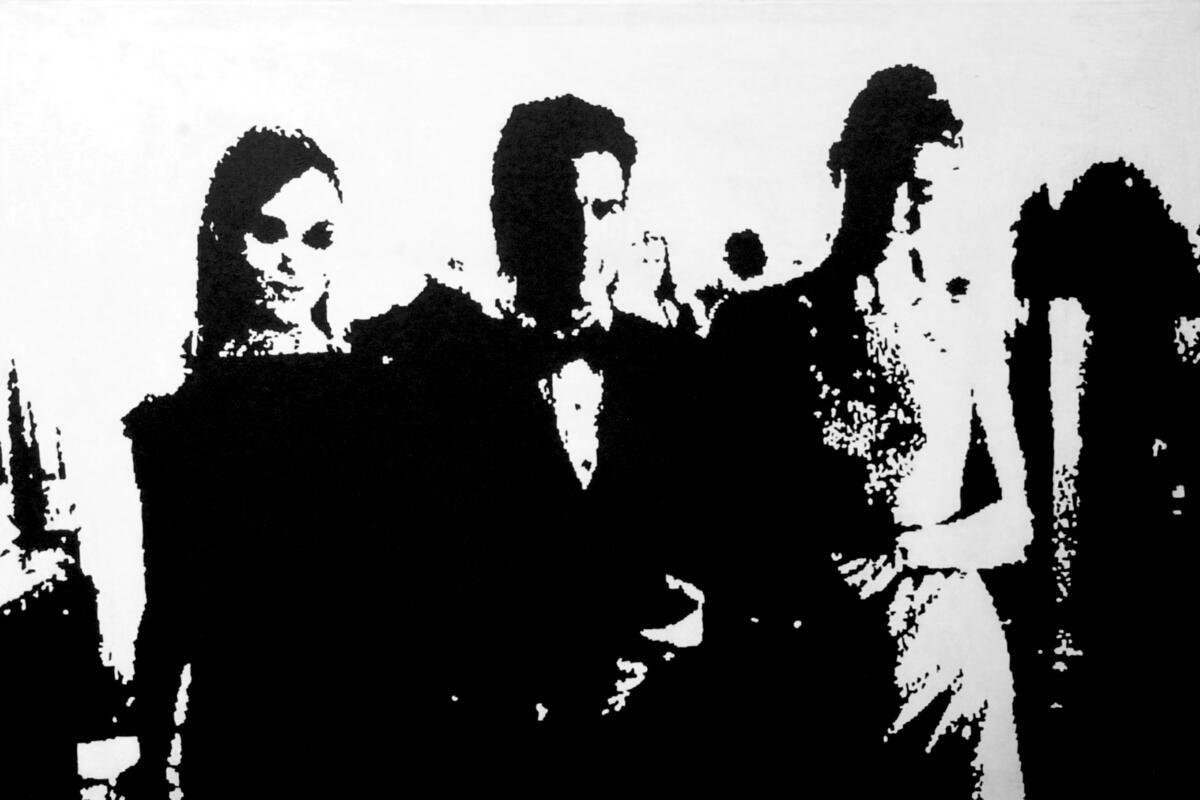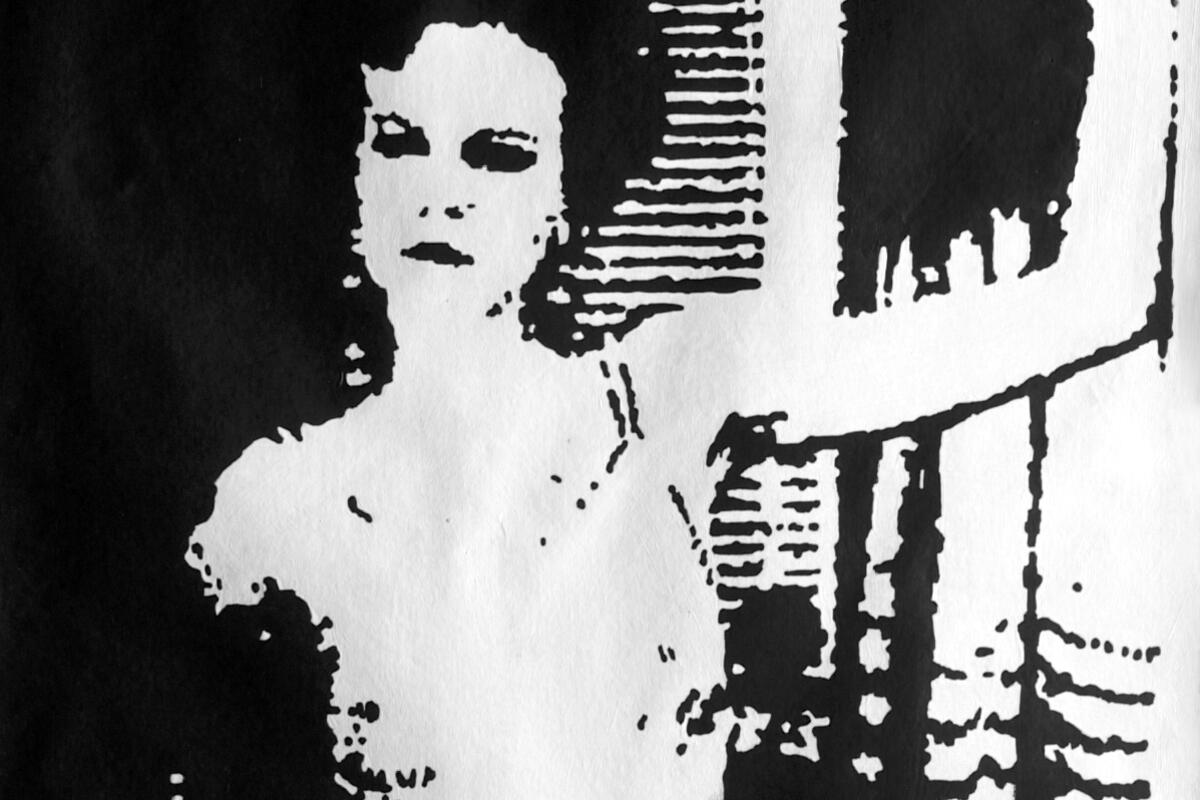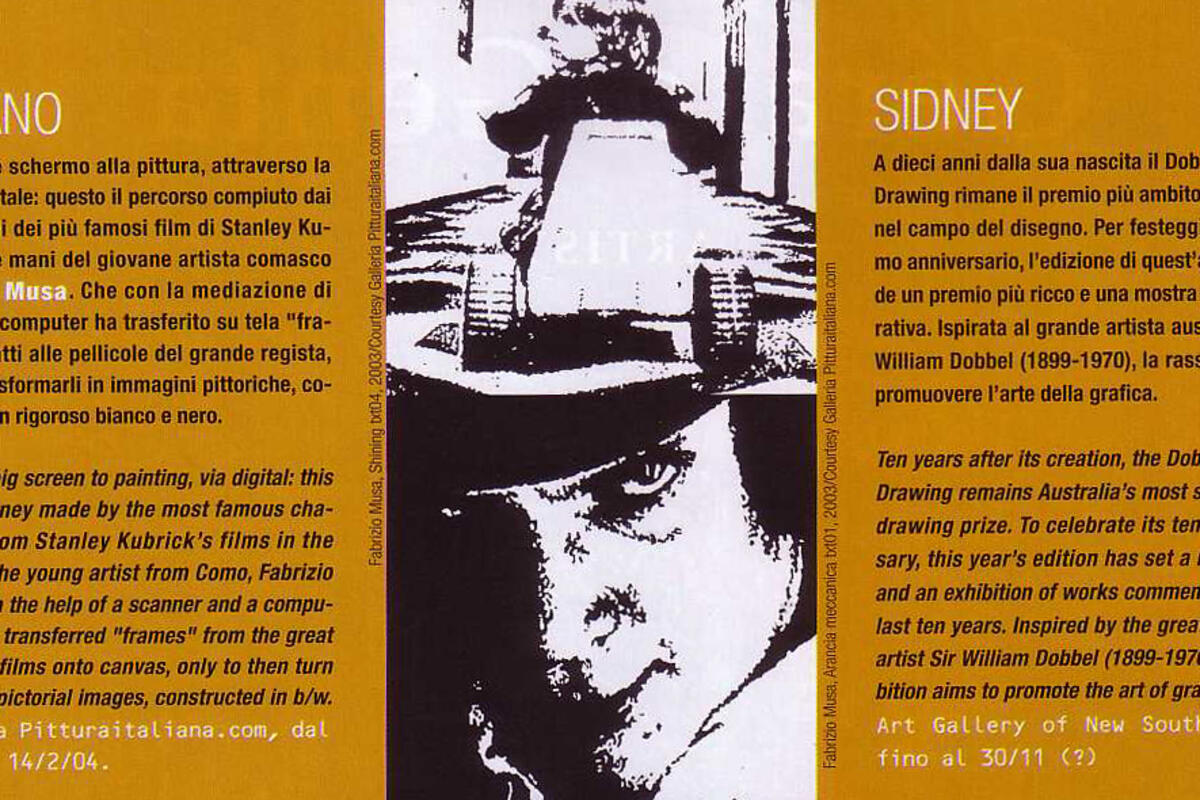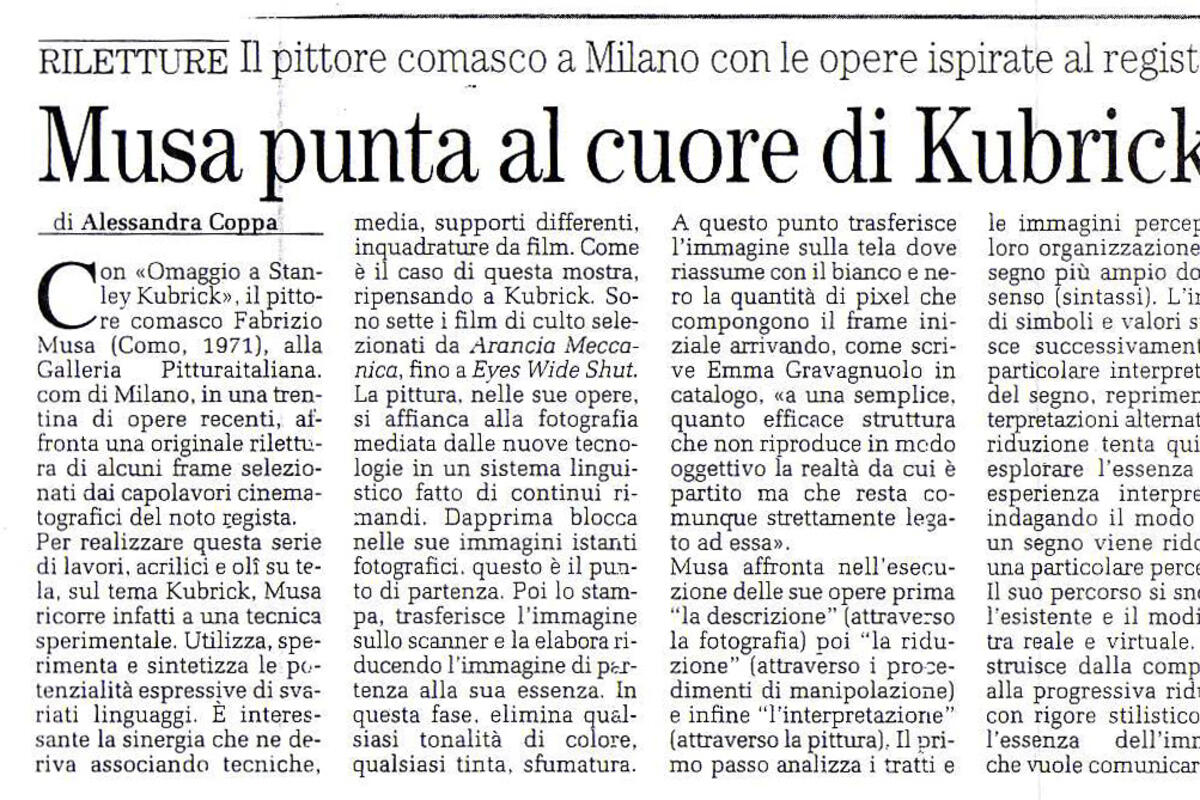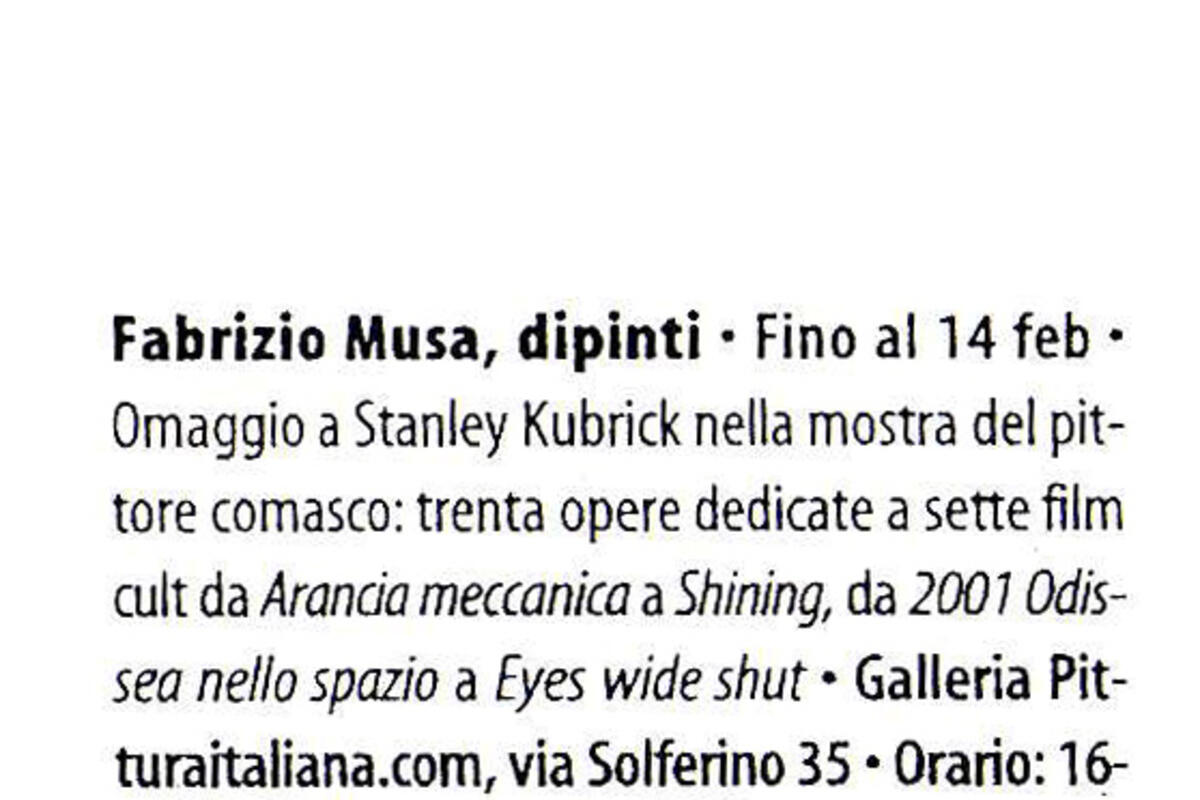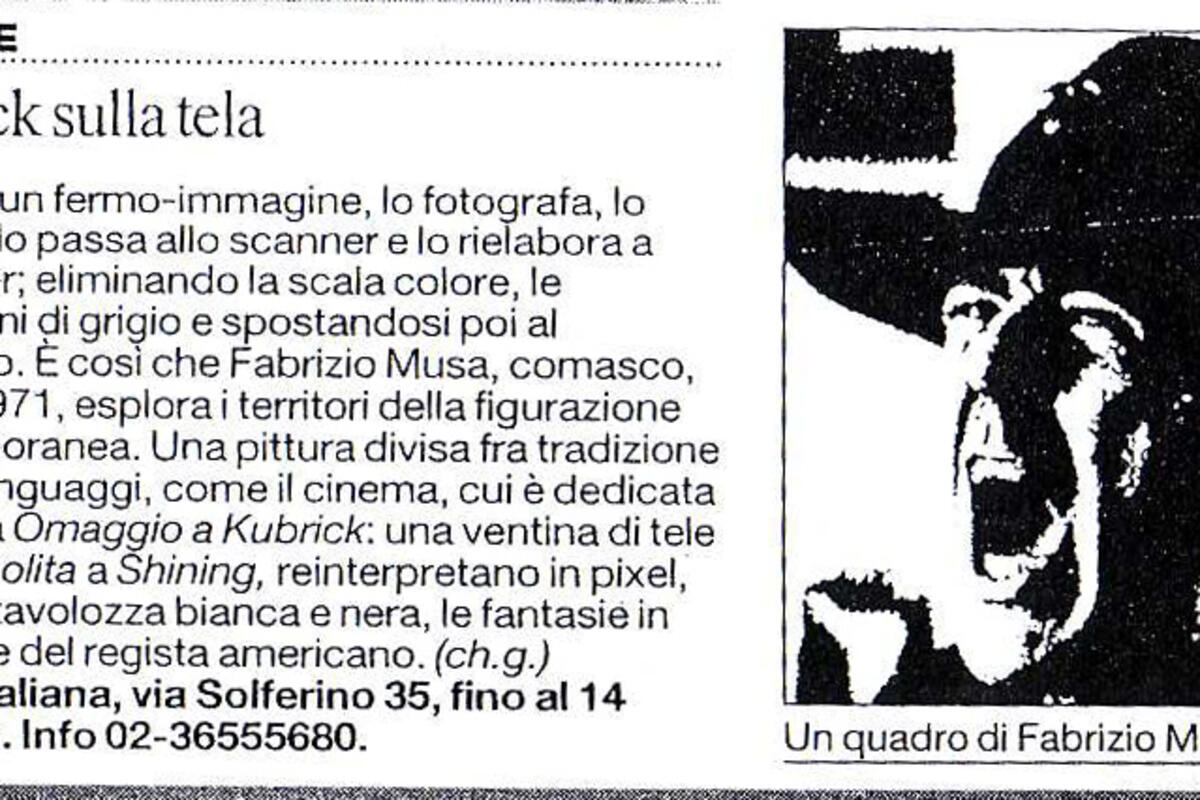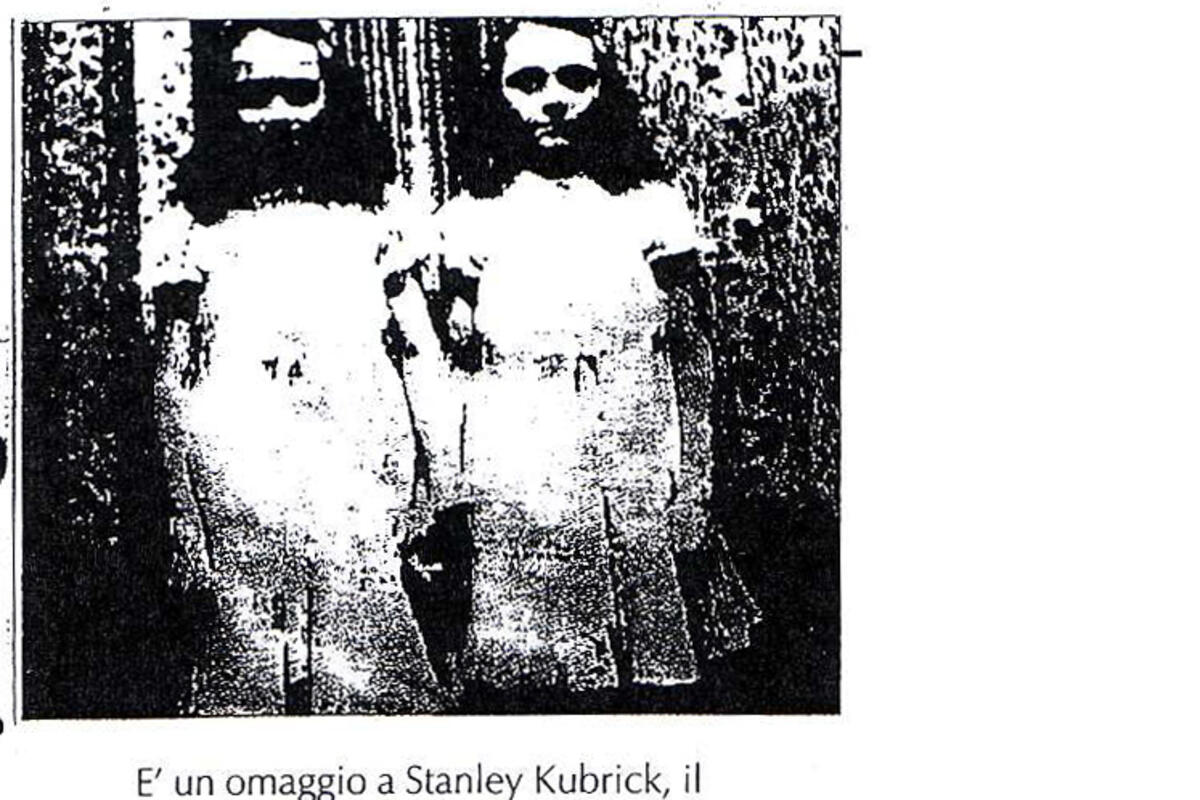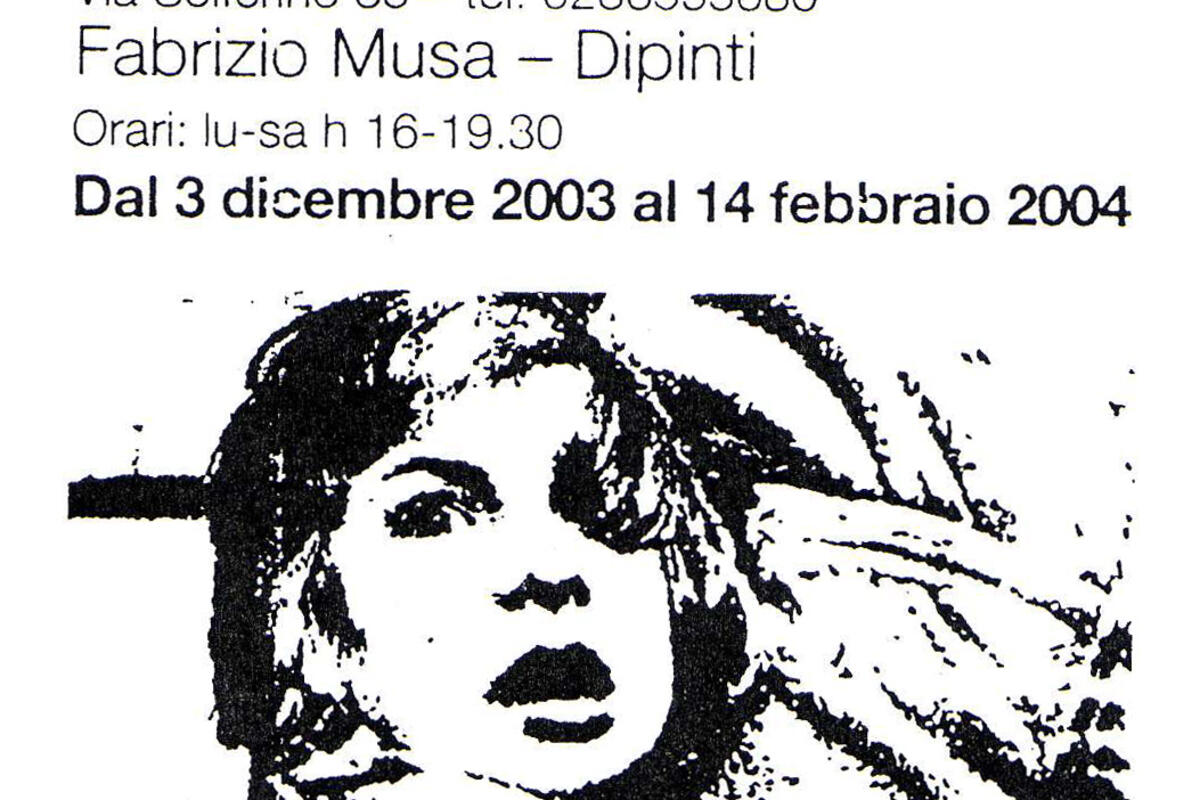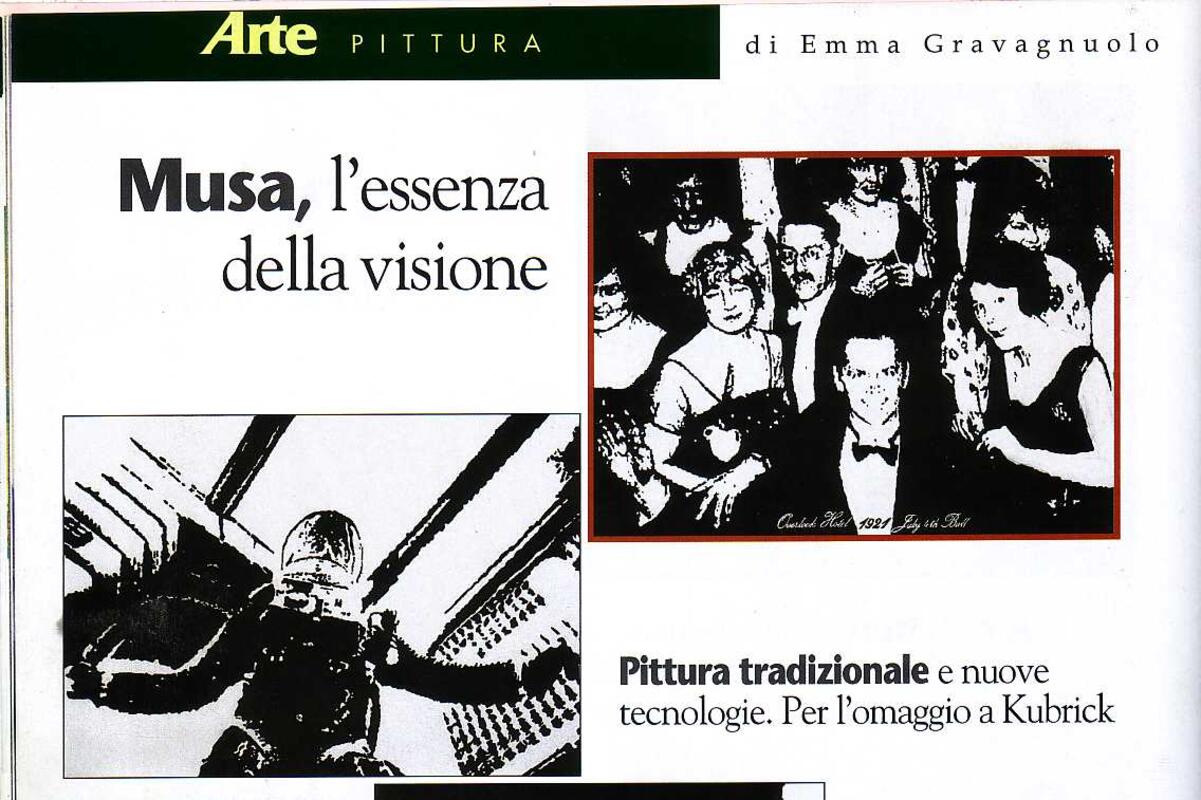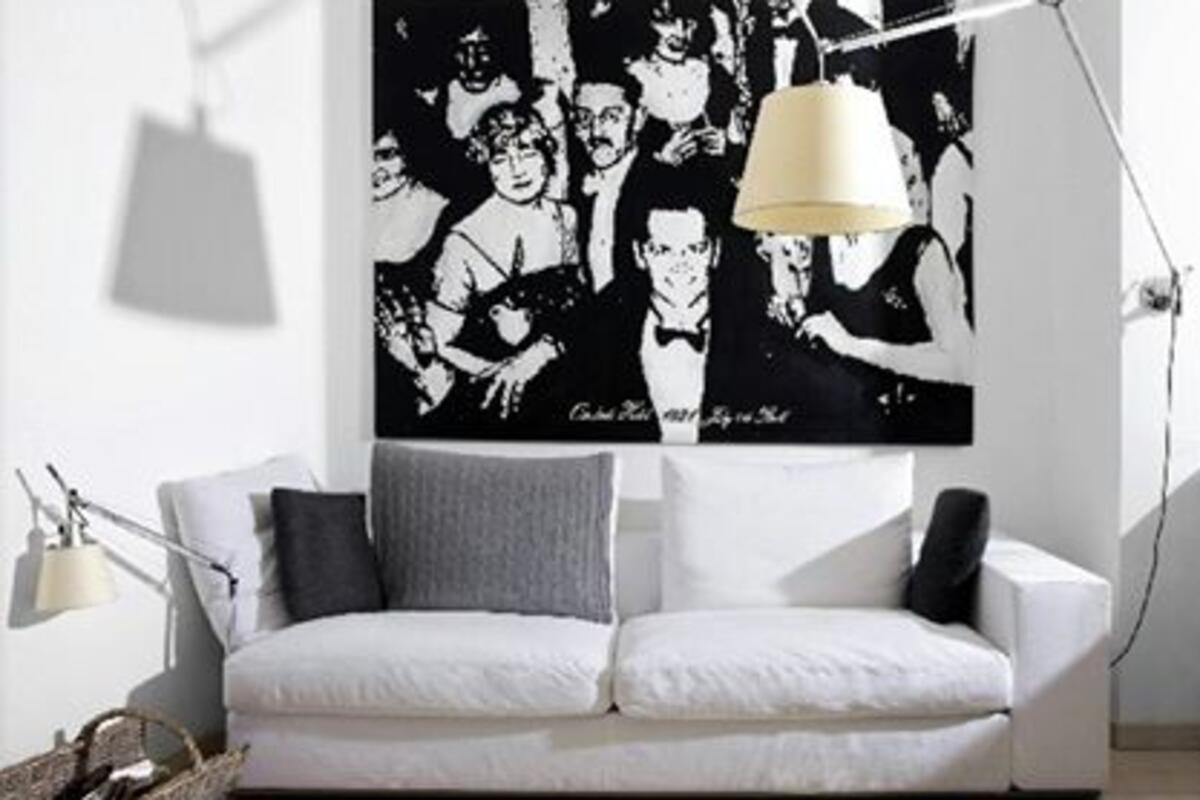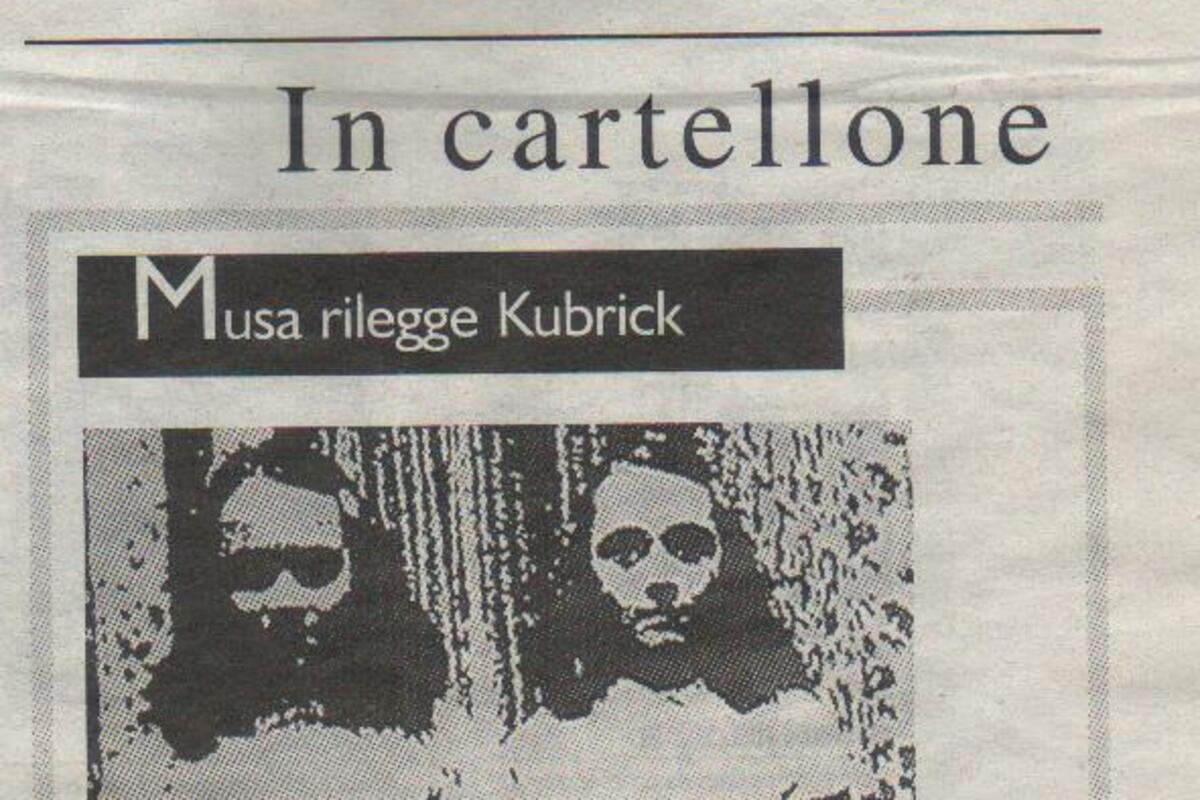MILANO _ GALLERIA PITTURA ITALIANA.COM "TRIBUTE TO KUBRICK"
TRIBUTE TO KUBRICK
There has not been only the return to figuration, in recent years, to interest the Italian art scene, but among the most important aspects there has been a need to face painting using different expressive means, practicing parallel territories that bring everyday life - restless and full of stimuli -, the visions of the storira - public or private -, the landscape - scenario of the future, disturbing present or deformed past - on the canvas as a screen on which to project our life.
The media (as happened in past centuries for the arts) are constantly crossed by citations, interference, influences, reflections.
Painting is more and more a terrain open to every type of connection: we do not look, not only at least, at the masters of the past, at the roads opened by realism or abstraction, there is much more: from television to cinema, from comics to fashion, from music to video games, from trashy to trendy, from design to internet graphics ... and we could go on.
This despite the great international reviews, a part of critics, many museum directors and some magazines for a long time had argued that painting was an outdated medium, an obsolete technique crushed by a cumbersome tradition, unable to renew itself, unsuitable to keep up. with contemporaneity.
Painting, for an artist, also became a choice of field, a stance that in the last decade has brought to the fore a new generation of artists who have conquered the national scene, imposing themselves with greater strength and tenacity, demonstrating, in many cases with extraordinary talent, that painting far from being dying was, on the other hand, more alive than ever.
Fabrizio Musa is among those who, despite being closely anchored to this practice (a territory he has frequented for years), moves on parallel planes, uses the different possibilities offered by languages.
He combines techniques, media with different supports, in his production he alternates in an unscrupulous way images that come from his private life (photos of friends, faces, everyday situations) with those of famous rationalist architectures (for example the recent series dedicated to Terragni), he plunders film frame - this is the case of his homage to Kubrick - to the views and foreshortenings, postcard model, of the cities that fascinate him (such as the project dedicated to the cities of Lombardy). He chooses Musa painting, it was said, alongside photography and new technologies, through a continuous game of references, a delicate balance only in appearance, but which presupposes a profound dialogue.
The visions of him have the immediacy and speed of the shot, they are able to capture, to block, that unrepeatable instant that is typical of the electronic and mechanical medium.
The image - a frame like a photographic print - is the starting point that has no documentary value, it is not a simple note, perhaps taken furtively only as a memory support, on the contrary it becomes a testimony of presence, a reasoned choice, useful to make the harshness of the place or situation a testimony of an effect endowed with particular characteristics, chosen among the many and different ones in which the artist has introduced himself.
As for this exhibition, where he has selected seven of Stanley Kubrick's cult films: A Clockwork Orange, 2001 A Space Odyssey, Full Metal Racket, Shining, Barry Lyndon, Lolita, up to Eyes Wide Shut.
He reviewed them, he focused on the details, the shots, the light, the photography and through a technique - complex and original, consisting of several passages - he brought them on the canvas.
The artist chooses the frame (or, as already said, a photo), prints it, transfers the image to the scanner and processes it, reducing the original image to its essence.
In this phase, he eliminates any shade of color, any tint, shade, gradation.
And when he switches to painting, the vision is even more reduced:
On the canvas, in fact, Musa summarizes with a rigorous black and white the quantity of pixels that make up the initial frame, arriving at a simple and effective structure that does not objectively reproduce the reality from which he started but which is still closely linked. to her. He starts from an objective vision of reality, but his reality takes us into a world in which we perceive a dialogue between existing and modified, between true and possible, between present and virtual.
Almost a paradox. the more precise the reproduction technique, the more subjective the result, which is achieved by choosing which elements to reduce and which to cancel, how to cut the image, how to tighten the field of vision, and so on.
A procedure that is also possible because Musa does not take the photographs thinking of having to translate them into painting (in this case his canvases would still have something repetitive or serial).
On the contrary, he builds his paintings of himself as series of colors, to then intervene again with black and white reducing as much as possible any part that I do not consider necessary for the purpose of representing the subject. Let's say it is a work on the synthesis of the image ... but it is a synthesis that gives, and not takes away. In fact, in this case it accentuates the effect of light and shadows on the structure of buildings on the architecture, often revealing details that cannot be grasped with the naked eye.
Your relationship with color?
Color is fundamental in my paintings, it gives depth and matter to the canvas, it leads to distinguish the architecture from the background, from the skies ... even if most of the time, after having spread it I tend to cover it to bring everything back to an image a little more detached from reality. In practice, color is always perceived, even in a totally black and white canvas.
You have chosen very large formats. It is a courageous choice: obviously large canvases are more expensive and it is more difficult to find a place for them ...
Of course, and I am aware of it, but I think it renders the idea much more, it represents the subjects better and I can work in more detail with very large sizes. The impact in an exhibition or in a house is also greater.
A few words about the triptych with the Shanghai skyline ...
It is one of the images that struck me the most during the whole trip through China and I spent several hours observing it. From early afternoon to late evening taking photos at different hours of the day and night. Like any metropolis, the ensemble of large buildings, the thousands of lights, the Huangpu River with commercial and tourist traffic and the modern financial district of Pudong are fascinating ... I wanted to create a large triptych of four and a half meters by three, just for try to represent the grandeur of that absolutely breathtaking panorama, among the most beautiful skylines in the world together with Hong Kong, New York and a few other cities.
When do you decide that a painting is finished?
Sometimes never. Maybe I keep these paintings to myself in such a way that when I understand what can be retouched I have the opportunity to do so, maybe even after a year or more.
Have you ever destroyed paintings that didn't convince you?
This has never happened, but I believe precisely due to the fact that an image from which I then create the paintings is studied in detail even before the painting is made. I happened to cover colored skies that did not convince me or even to redo parts of the canvases several times until they gave me the certainty of representing 100% what was in my mind even before starting.
Which masters have impressed you the most?
Undoubtedly Andy Warhol. Pop art remains my point of reference. I think it also catches on in my most recent works.
Emma Gravagnuolo
